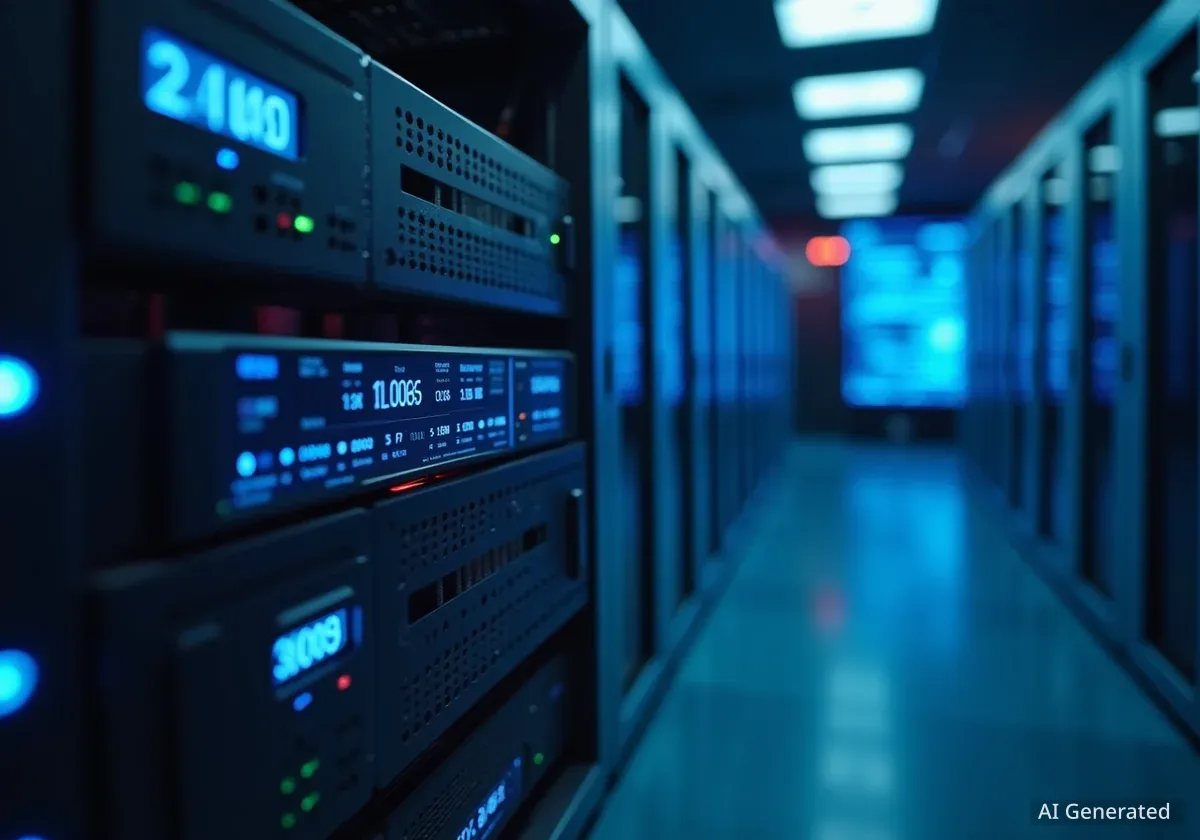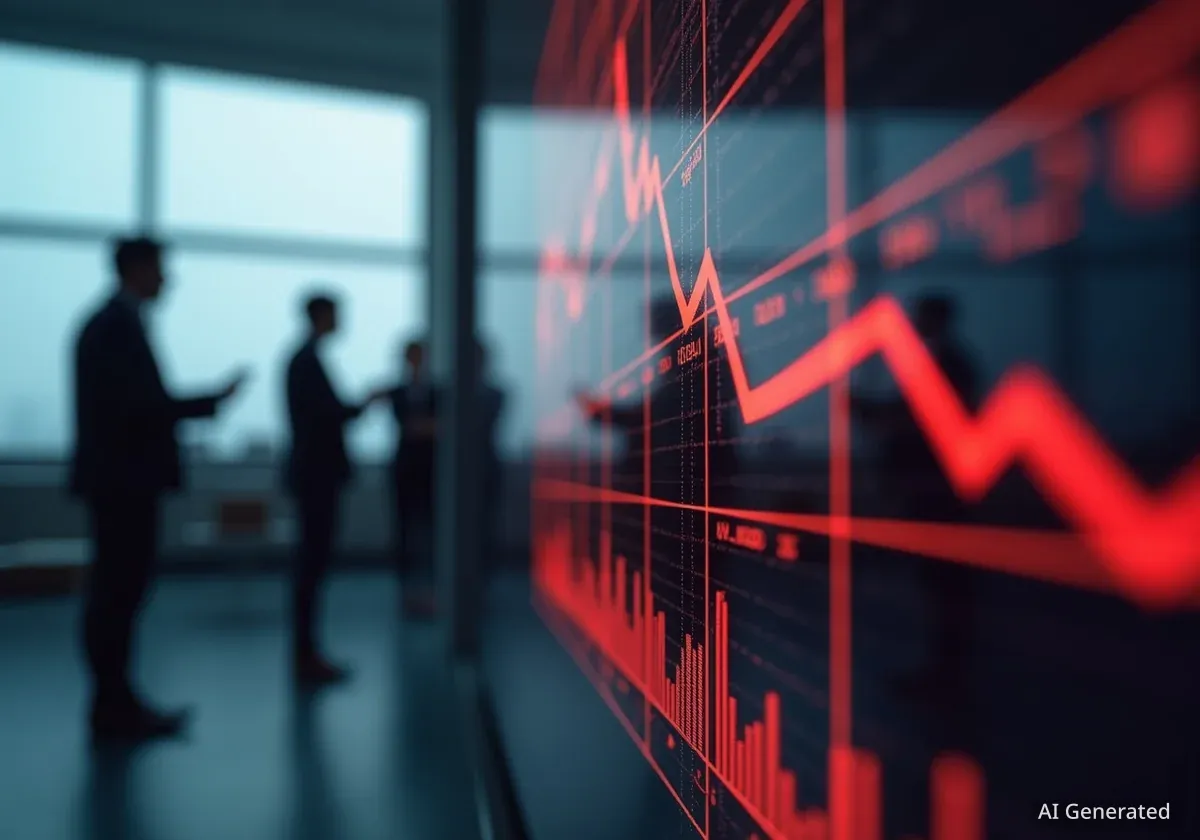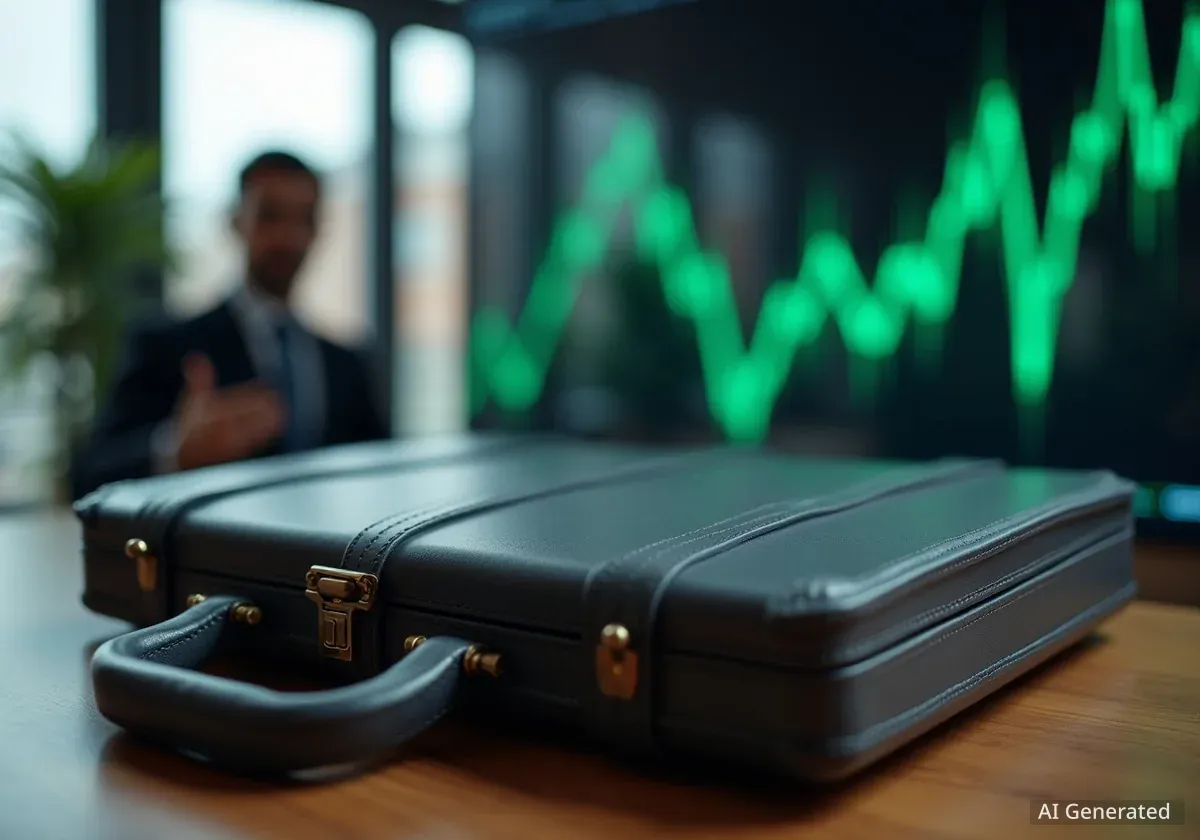World Liberty Financial (WLFI), a decentralized finance project with ties to former U.S. President Donald Trump, has permanently removed 7.89 million of its tokens from circulation. The token burn, valued at approximately $1.43 million, followed a strategic buyback program where the project spent over $1 million to repurchase its own tokens from the open market.
This action is part of a newly implemented strategy, approved by the project's community, aimed at reducing the total supply of WLFI tokens and potentially increasing their value. The move comes after the token's price experienced a significant decline over the past month.
Key Takeaways
- World Liberty Financial (WLFI) burned 7.89 million tokens, worth an estimated $1.43 million.
- The burn was preceded by a buyback where the project spent $1.06 million to acquire 6.04 million WLFI tokens.
- The strategy, funded by fees from its DeFi operations, was approved by 99% of voters in a governance proposal.
- An entity linked to the Trump family reportedly holds a significant amount of WLFI tokens, valued in the billions following a recent unlock.
Details of the Buyback and Burn Mechanism
The recent token burn is the result of a multi-step process designed to manage the digital asset's supply. On-chain data indicates the project first accumulated significant funds from its decentralized finance activities. These funds included $1.06 million in fees and earnings from liquidity pools managed by the project.
Using these accumulated funds, the WLFI team executed a buyback, purchasing 6.04 million WLFI tokens from the market. This action directly reduces the number of tokens available for trading. Following the buyback, the project combined these repurchased tokens with others it held, leading to the destruction of 7.89 million WLFI tokens across the BNB Smart Chain and Ethereum networks.
What is a Token Burn?
In the cryptocurrency world, a "token burn" is the process of permanently removing tokens from circulation. This is typically done by sending the tokens to a special wallet address with no accessible private key, effectively destroying them. The primary goal is to reduce the total supply, which can create deflationary pressure and potentially increase the value of the remaining tokens, assuming demand stays constant or grows.
While a large number of tokens were burned, a portion remains. According to reports, an additional 3.06 million WLFI tokens, valued at approximately $638,000, are still held on the Solana blockchain. The project has indicated that further actions regarding these tokens are pending.
Governance and Strategic Goals
This initiative was not a unilateral decision by the development team. It originated from a governance proposal presented to WLFI token holders earlier in the month. The proposal to use platform fees for buybacks and subsequent burns received overwhelming support, with 99% of participants voting in favor.
The core objective of this strategy is to create a sustainable economic model for the token. By using the revenue generated from its own liquidity pools to buy and burn tokens, the project aims to counteract selling pressure and reward long-term holders. This creates a direct link between the platform's activity and the token's supply dynamics.
Excluding Third-Party Pools
The WLFI team has specified that only fees generated from liquidity pools under its direct control will be used for the buyback and burn program. Fees from community-created or other third-party liquidity pools are not included in this mechanism, ensuring that the project only uses revenue it directly generates.
Some market observers have speculated on the potential scale of this program. Projections based on current activity suggest that millions of WLFI tokens could be burned daily. However, the exact figures will depend on the platform's transaction volume and fee generation, which can fluctuate. The project has not yet provided official long-term burn rate estimates.
Market Reaction and Price Performance
The announcement of the token burn had an immediate, albeit modest, positive effect on WLFI's price. Following the news, the token's value increased by over 6%, trading at approximately $0.2049. This uptick provided some relief to investors after a challenging period for the asset.
However, the recent gain must be viewed in a broader context. Over the past month, WLFI's price has fallen by 33%. Even with the recent increase, the token remains more than 38% below its all-time high. The market will be watching to see if the new burn mechanism can create sustained positive momentum for the token's valuation.
The price action is particularly noteworthy given the token's history. Earlier this month, the price briefly surged to $0.40 before retracting to its current levels around $0.21. This volatility highlights the speculative nature of assets in the DeFi space, especially those with high-profile associations.
Connection to the Trump Family
The World Liberty Financial project has gained significant attention due to its affiliation with Donald Trump and his family. The project's official website lists DT Marks DEFI LLC as a key entity and names Donald Trump Jr., Barron Trump, and Eric Trump as initial holders of a substantial number of tokens.
Recent reports have brought the scale of these holdings into focus. An entity connected to the former president and his family is believed to control a massive tranche of WLFI tokens. Following a scheduled token unlock earlier this month, this holding was estimated to be worth around $5 billion. This entity was initially allocated 22.5 billion WLFI out of a total of 24.6 billion unlocked tokens.
WLFI Token Holdings at a Glance
- Initial Allocation to Trump-linked entity: 22.5 billion WLFI
- Total Tokens Unlocked: 24.6 billion WLFI
- Reported Value of Holdings: Approximately $5 billion at the time of the unlock
This large, concentrated holding by a single affiliated group is a significant factor for the market. Any future actions taken by these holders could have a substantial impact on the token's price and overall stability. The current buyback and burn program may be seen as a measure to build a more robust economic foundation for the project amid these dynamics.





